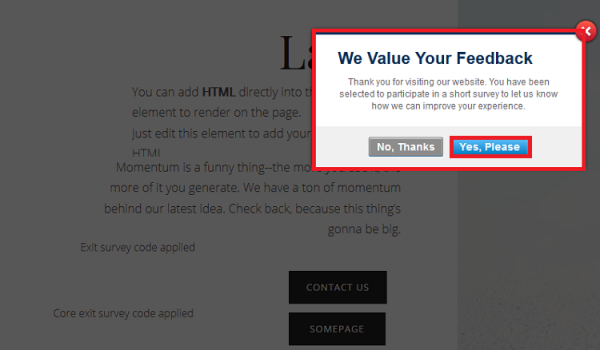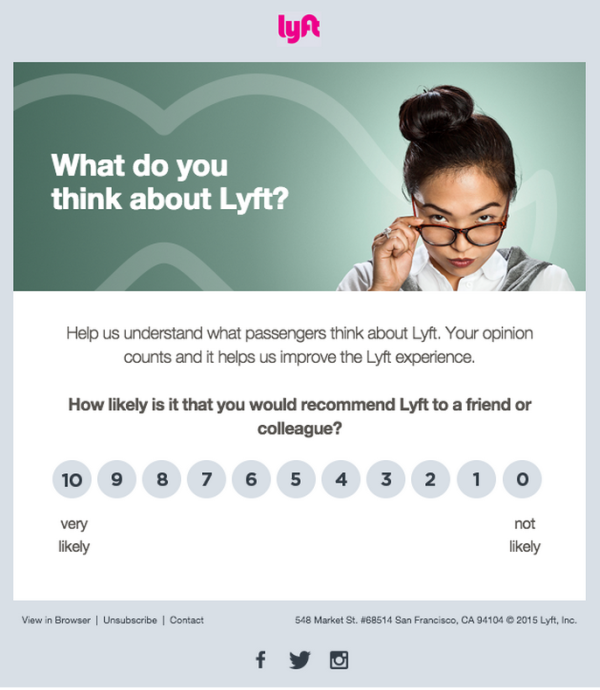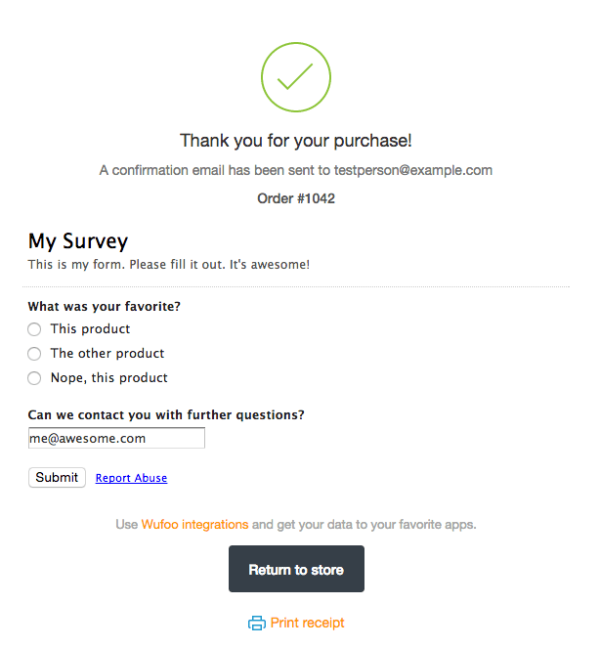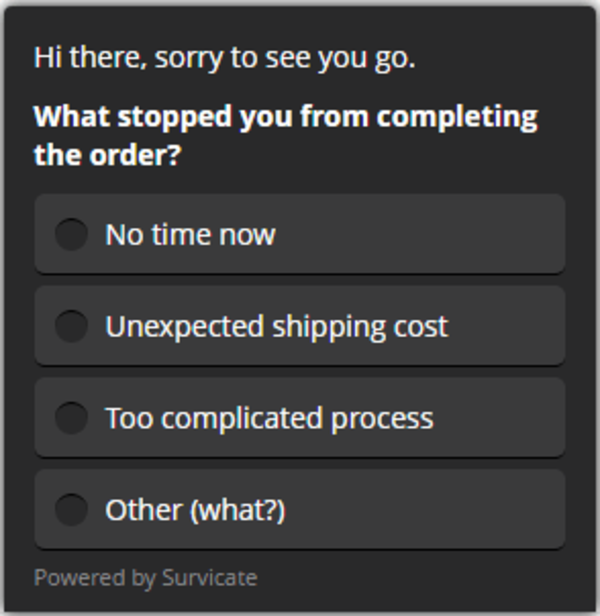If you’re a small business owner, your clients’ feedback is some of the most important data you can collect.
Client feedback is more than just reviews on sites like Yelp or Google. It’s less about just your product, and more about the entire client or user experience (website navigation, client service, brand impact, etc.).
While reviews might serve as a way to attract new clients to your business, feedback also helps you refine your operations, practices, and services to become a better business. It requires being open to good and bad feedback, and a willingness to try different collection methods to get the data you want.
Unfortunately, collecting valuable client feedback is harder than it sounds. Some clients don’t want to take the time to give you feedback; others may provide responses that feel canned or rushed.
With all that in mind, here’s a collection of 10 ways to collect valuable, usable, and honest client feedback that you can use to improve your business:
Put out short, targeted surveys
If you’re going to ask clients to fill out a survey, it should be a short one.
One reason is that people tend to get bored of long surveys and either rush through them to get them over with after awhile or abandon them altogether.
Secondly, you’ll be less likely to collect irrelevant information that doesn’t help you improve operations. Keep it simple and your surveys will bring you back specific responses that will help you meet your end goal.
Surveys, especially short surveys, can be delivered to clients in a number of ways:
Site pop-up: A quick, unobtrusive survey with specific questions that pops up regarding the page a visitor is currently visiting.

Image source: QuestionPro
Email: Emailing a new client seeking quick feedback about their recent shopping experience.

Image source: Marketing Land
SMS: A survey delivered via text is almost guaranteed to be opened, and response time is an SMS text is, on average, 90 seconds.

Image source: SurveySignal
Confirmation page: If a client completes an order with you, you almost certainly have their attention. Follow up with them right then and there.

Image source: ShopStorm
Abandonment pop-up: If a user abandons their cart before making a purchase, let their mouse trigger a survey that asks why they’re leaving without buying. Or, follow up by email later if you captured it.

Image source: Feedback Academy
Create longer surveys that provide value to respondents
If you do want to pass along a longer survey that collects as much information as possible about a certain topic—say, the entire client service experience—do it in a way that also provides value to the client, in order to encourage them to answer every question.
This might mean offering that client access to an exclusive discount, or entering them into a raffle for a chance at a prize, in exchange for their time.
These surveys can be longer than your targeted surveys, but not anything that takes respondents 20 minutes to finish. Ask useful questions, use a consistent rating scale, and ensure respondents that their answers are anonymous and confidential to encourage honesty.
Leave feedback boxes at the bottom of every webpage
Feedback boxes that ask for comments, concerns, and issues at the bottom of every page on your site are a great way to collect open-ended feedback from clients. Clients won’t have to go hunting for your support team, client service team, employee emails, social media accounts, or another channel to voice their issues—they can simply plug their thoughts into the comments box and hit send.

Image source: StackExchange
Conduct social media surveys
Social media channels like Facebook, Twitter, and Instagram are great places to receive open-ended, unstructured feedback from clients and potential clients alike. You can listen for comments about your product or service using the search function or a third-party tool, or invite responses via polls, open calls for questions, and—yes—links to surveys.
Review live chat and chatbot transcripts
Chat features for business websites or social media pages are gaining traction across the globe, as businesses recognize the benefit of being able to interface with a client day or night. They’re useful for client acquisition as well as clientr support—and best of all, they can be mined for feedback. Every interaction can be saved and reviewed to identify frequent friction points as well as one-off issues. These qualitative responses are a repository of candid feedback.
Organize client interviews

There’s nothing in the rule book that says you can’t reach out to clients directly and ask them for feedback in the form of an interview. Set up a time with your loyal clientss and give them a call to go over what they like, and don’t like, about shopping or working with you.
If you can, identify clients from different demographics and populations to help you build out client profiles and understand why different people shop with you.
Analyze recorded sales calls
Assuming you have a sales team, you can also glean lots of information from recordings of calls they’ve had with clients and potential clients alike. Impressions of your product or service will be honest and unfiltered as people move through the process in real time, and you’ll once again be able to identify parts of your client experience that give people trouble.
Collect information from third-party sites

Reading feedback on sites like Yelp, Google, Glassdoor, TripAdvisor, and any other third-party review site is fair game as well. Reviews on third-party sites, both good and bad, often contain the brutal, honest truth about your business.
Create an online community
It’s easier than ever to create a public, welcoming forum for clients to share feedback, as well as tips, news, and thoughts with fellow users. You can use a social media platform like Facebook and create a business page, a community-builder like Get Satisfaction, or encourage people to leave comments on a third-party platform like Disqus on your company’s blog.
Provide in-store perks in exchange for feedback
If you’ve got a brick-and-mortar location, you can provide perks for clients in exchange for their opinions. For example, if someone is trying to connect to your in-store WiFi, allow them to do so—in exchange for answering a quick question on what they’re looking for today, or what they plan to use the web for. You can also encourage clients to leave feedback in-store or online in exchange for a discount on their next visit.
A business that actively and publicly seeks out feedback is one that is dedicated to improving the experience for its clients. A company that feels opaque and deaf to concerns and issues won’t retain loyal clients the way attentive, thoughtful ones do.
Keep that in mind as you receive feedback, whether it’s positive or negative, and you’ll remember just how important this practice this.
Meredith Wood is the Editor-in-Chief and VP of Marketing at Fundera a marketplace for small business financial solutions. Specializing in financial advice for small business owners, Meredith is a current and past contributor to Yahoo!, Amex OPEN Forum, Fox Business, SCORE, AllBusiness and more.


